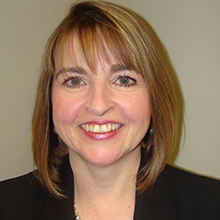High cost and declining quality are plaguing health care in the United States. While this is a national issue, the challenges facing individuals in rural communities are especially complex. According to the Centers for Disease Control and Prevention (CDC), more than 46 million Americans—roughly 15% of the US population—live in rural areas, as defined by the United States Census Bureau.1 (Its definition is based largely on population density.) Health care disparities for this segment of the population are well-documented, and health care organizations and providers in rural areas face unique challenges.
For example, although specialization is a cornerstone of success in many health care reform models, providers in rural communities must have a broad and diverse knowledge base and be exceptional generalists. Rural health care providers may need to travel long distances to bring their services to individuals who otherwise have little or no access to health services. Additionally, while technology offers potential solutions to issues related to access and ongoing patient engagement and support, many rural communities and providers have limited access to this technology.
